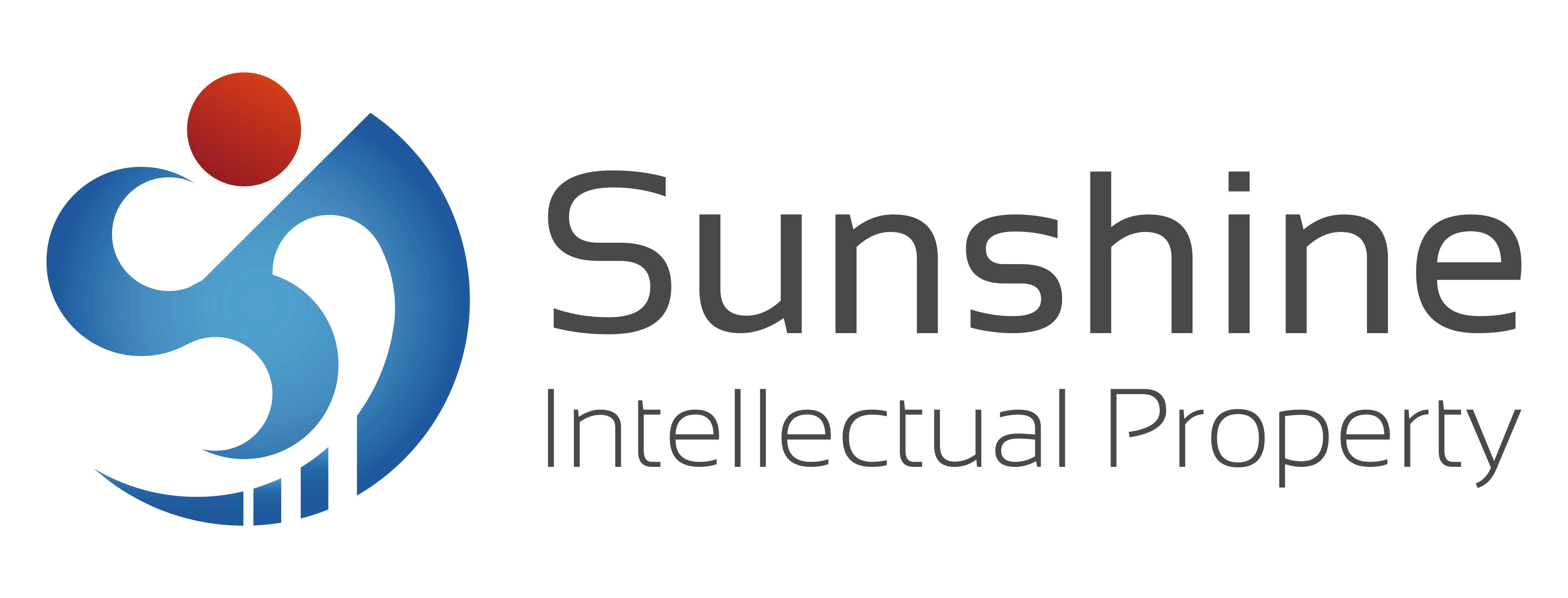The 2026 revisions update the China Patent Examination Guidelines to keep pace with technological progress and to solve practical problems encountered during prosecution. Effective 1 January 2026, the amendments concentrate on three core areas: emerging technologies, examination efficiency and applicant-oriented services. The key changes are summarized below.
I. Emerging Industries and New Business Models
1. AI & Big Data
- Ethical review: Any data collection or algorithmic bias that violates laws or public morality is rejected outright (Patent Law Art. 5) . (Section 6.1.1, Chapter 9, Part II)
- Inventive step: Only “algorithm + technical feature” functional coupling counts. Mere application-scope changes (e.g., adapting fruit-counting AI to ship detection) lack inventiveness. (Section 6.2, Chapter 9, Part II)
- Disclosure: AI Model architecture, training steps and I/O causality must be revealed; otherwise the description is insufficient. (Section 6.3, Chapter 9, Part II)
2. Bit-stream / Streaming Media (Section 7, Chapter 9, Part II)
- Naked syntax elements are unpatentable. Storage media or methods that integrate encoding-transmission-decoding hardware and optimize resources are patentable.
3. Plant Varieties & Seed Industry
- Definition aligned with the Seed Law: artificially bred, uniform and stable populations are patentable; wild plants improved by human intervention are no longer “scientific discoveries” . (Section 4.4, Chapter 1, Part II)
- Transgenic material may be patented before it becomes a “variety”; once stabilized it can switch to plant-variety rights, giving dual-track protection. (Section 9.1.2.4, Chapter 10, Part II)
II. Examination Standards – Tighten, Accelerate, Prevent Abuse
1. Same-Day Application (Invention + Utility Model) (Section 6.2.2, Chapter 3, Part II)
- Formerly, the downstream handling of same-day invention + utility-model applications was ambiguous. The 2026 Rules eliminate the gray zone: at the critical grant procedure the applicant must actively renounce the already-issued utility model; refusal of the utility model right triggers an immediate rejection of the invention application. Because the choice is made explicit up-front, applicants can plan from day one and no longer lose time to unclear rules.
2. Divisional & Priority Applications
- Divisionals that omit a priority claim are deemed to have waived it—no more after-the-fact patching. Priority assignments must be filed in the prescribed form at the prescribed moment, slashing the to-and-fro caused by defective deeds.
3. Inventive-Step Assessment (Section 6.4, Chapter 4, Part II)
- Features that contribute nothing to solving the technical problem are denied inventive weight—even if written into the claims—boosting examination speed and grant quality.
4. Invalidation Procedure
- Requests that do not reflect the filer’s true intent (e.g., proxy abuse) may be rejected outright; identical evidence/grounds are barred by the "One Thing, No Retrial" Principle. (Sections 3.2, Chapter 3, Part IV)
III. Procedure & Service – Transparent, Flexible, Refundable
1. Real-Name Inventor
- Complete identity information for every inventor is mandatory; AI, research-team or corporate names are prohibited. (Section 4.1.2, Part I)
2. Fee Refunds
- Seven scenarios are expressly refundable: over/duplicate/erroneous payments, withdrawal before first office action, abandonment before grant, annuities paid after termination/invalidation, restoration refused. 50 % of the substantive-examination fee is refundable—written into the Guidelines for the first time.
3. Examination on Demand
- The Guidelines institutionalize “examination on demand”. Applicants who need rapid commercialization can opt into the fast-track at filing; the examination period is shortened dramatically. Routine cases continue on the normal timetable, giving filers a menu of speeds rather than a single speed.
- Fast Track: Applications pre-examined by national IP protection centers qualify for accelerated processing. (Section 8.3, Chapter 7, Part V)
- Applicants may also request delayed examination for up to three years to match financing or product-launch schedules.
4. Pre-Application Material Examination now zeroes in on Core Technical Elements
Features that do not help solve the technical problem—decorative contours in a mechanical patent, for instance—are ignored in the inventive-step analysis. Applicants are nudged to excise fluff and foreground the inventive nucleus, accelerating examination and reducing rejection risk.

